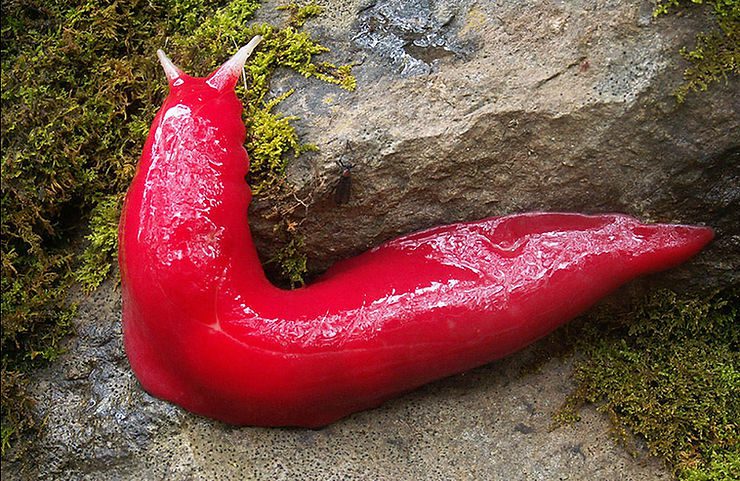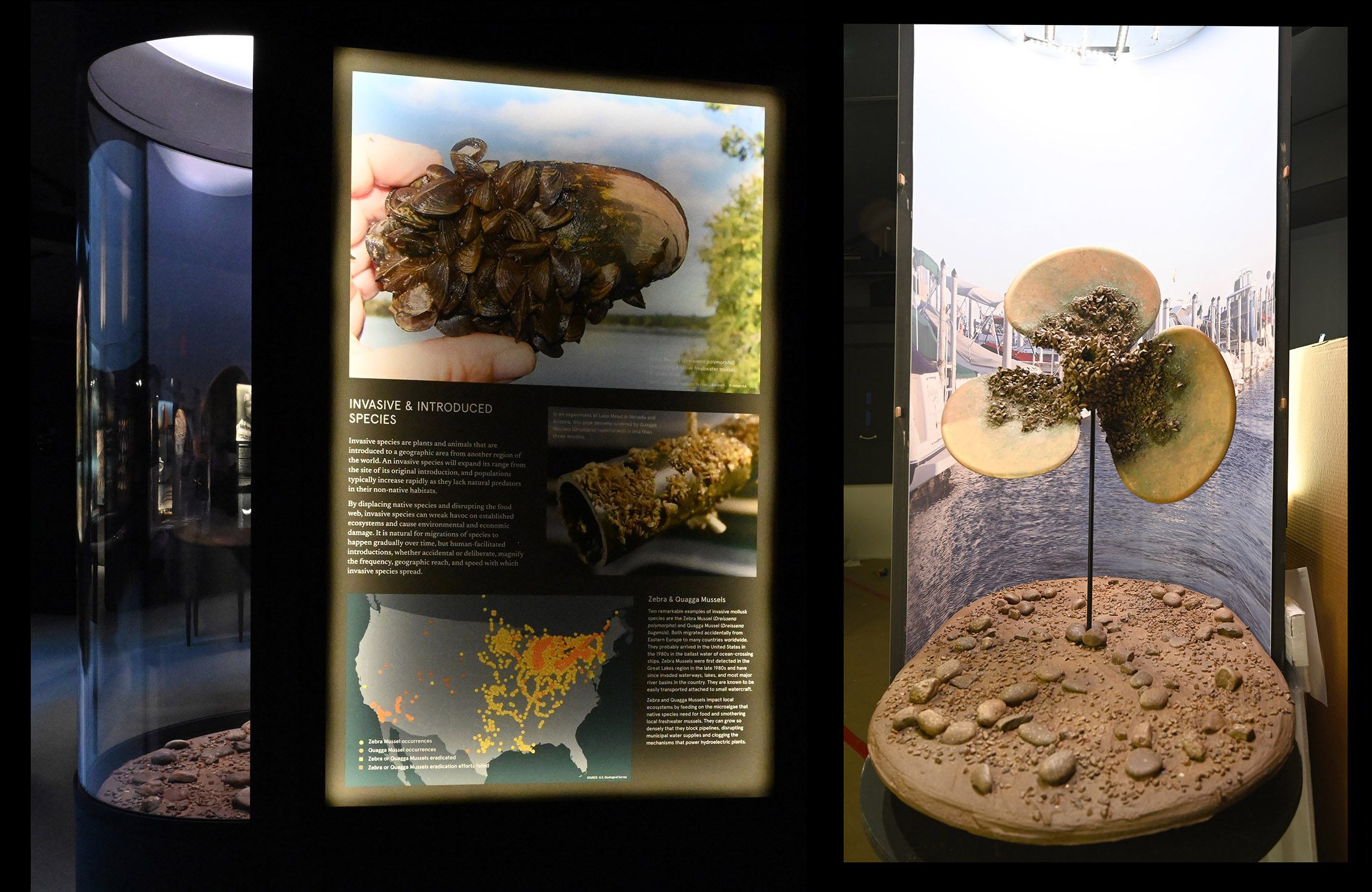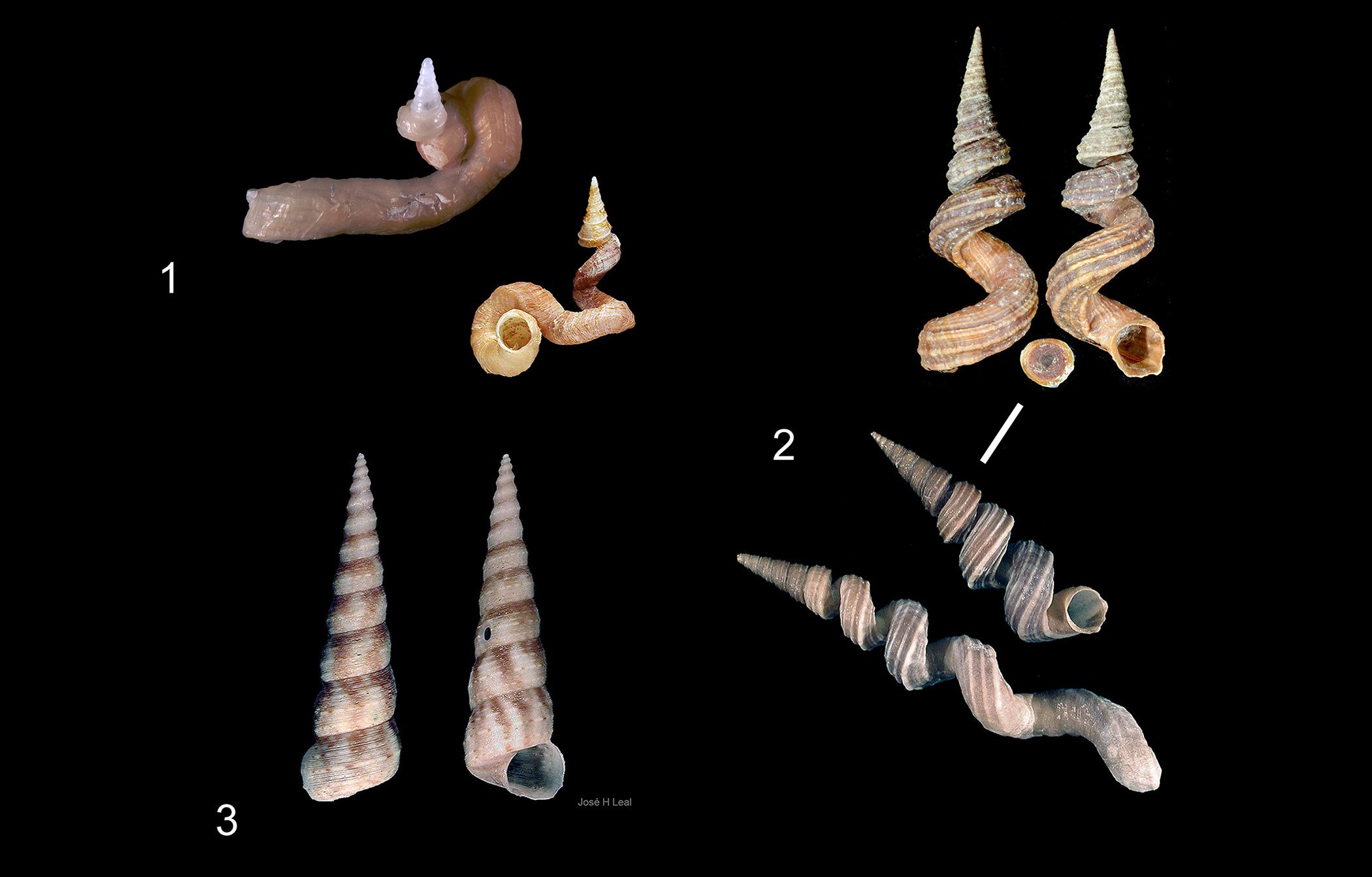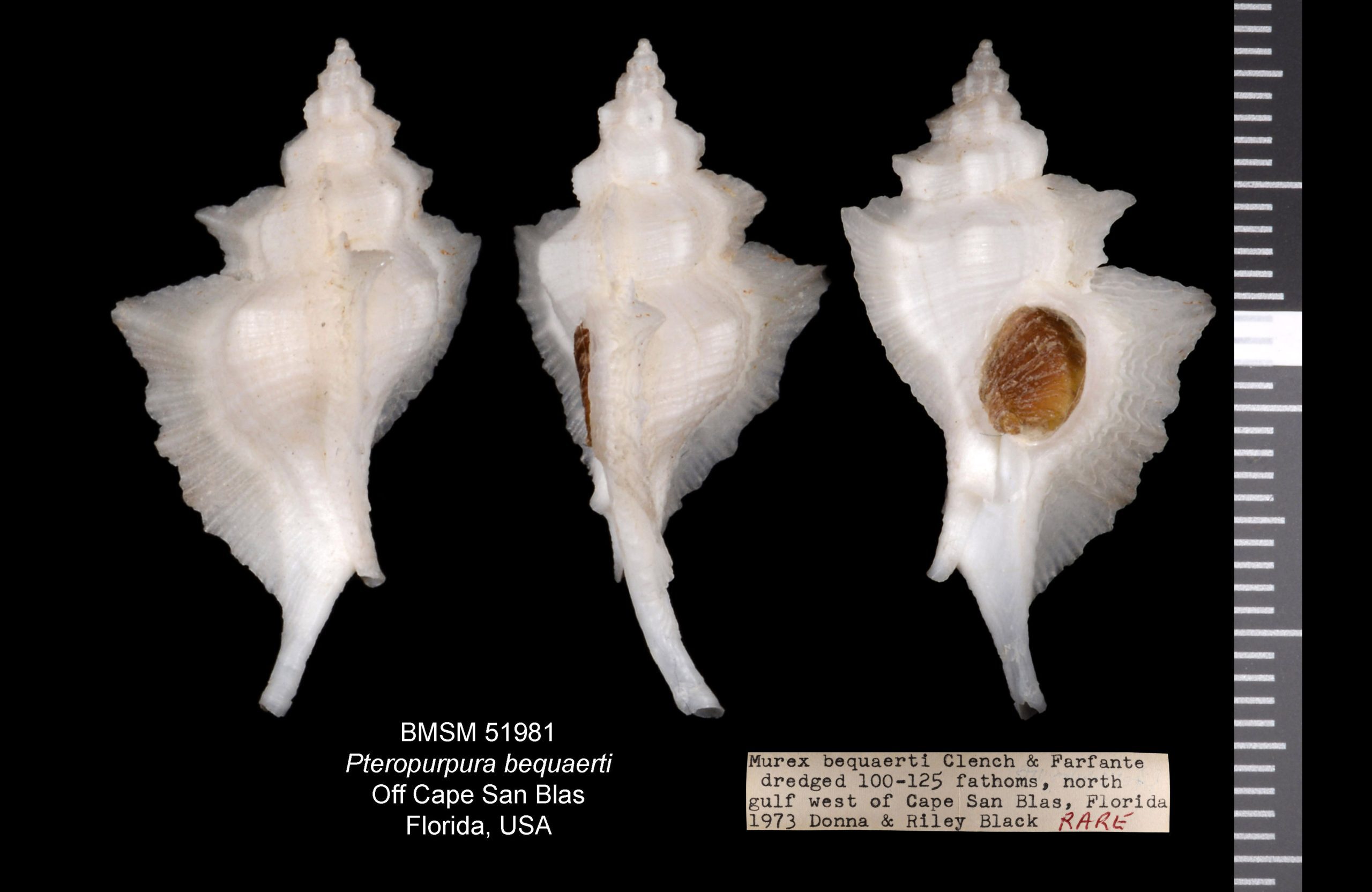A few years ago, I wrote a brief piece in this column about the discovery of the Mount Kaputar Pink Slug, a species in the genus Triboniophorus, family Athoracophoridae. Following the recent bushfires in southeastern Australia, the giant (20 cm, about 8 inches), shocking-pink creature is back in the news. The species is part of a small group of land mollusks that are endemic to area of Mount Kaputar National Park. Endemics are species exclusive to a restricted geographic area. The Pink Slug apparently occurs only in an area of about 100 square kilometers (about 40 square miles). This area has been affected by the extensive bushfires that, peaking in the latter part of 2019, have afflicted that part of Australia. The Pink Slug had already been listed as endangered in the Red List of Threatened Species prepared by the International Union for the Conservation of Nature.
After the fires, Australian scientists wonder what happened to the Pink Slug population, among those of other endemic species. It seems as if the normally shy manners of the species helped protect them from the fires. Pink Slugs withdraw into moist crevices and other sheltering spots at the smallest sign of dry weather, getting out during periods of rainfall. This elusive behavior, however, also made it hard to complete pre-bushfires censuses, which would have provided comparative data to gauge post-bushfires damage to the species. Read an excellent article about the Pink Slug by Jessica Leigh Hester in Atlas Obscura here.
 The Mount Kaputar Pink Slug. Photo courtesy NSW National Parks and Wildlife Service/Michael Murphy (Australia).
The Mount Kaputar Pink Slug. Photo courtesy NSW National Parks and Wildlife Service/Michael Murphy (Australia).
#mountkaputarpinkslug #pinkslug #triboniophorus #athoracophoridae #endangeredspecies #bushfire


